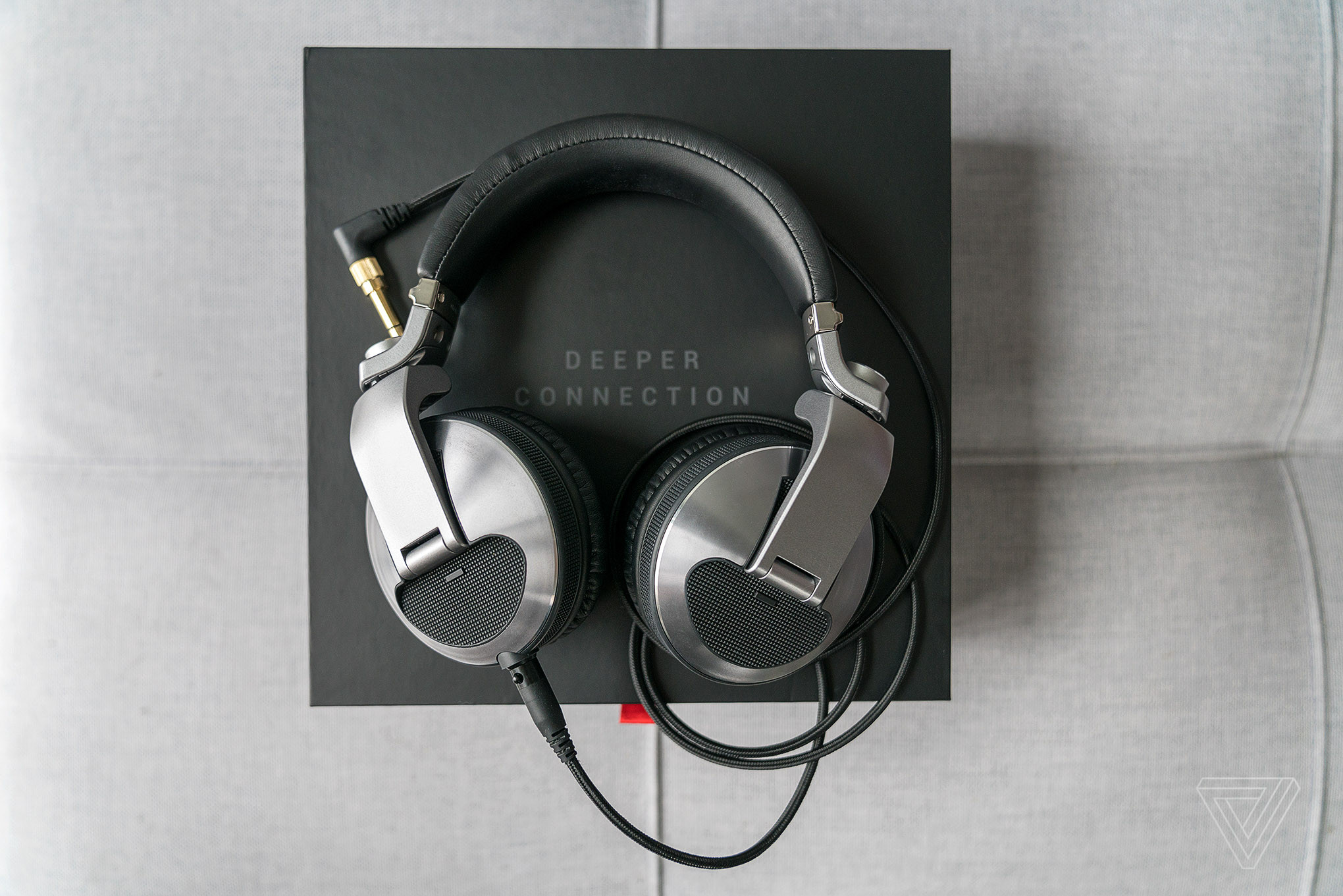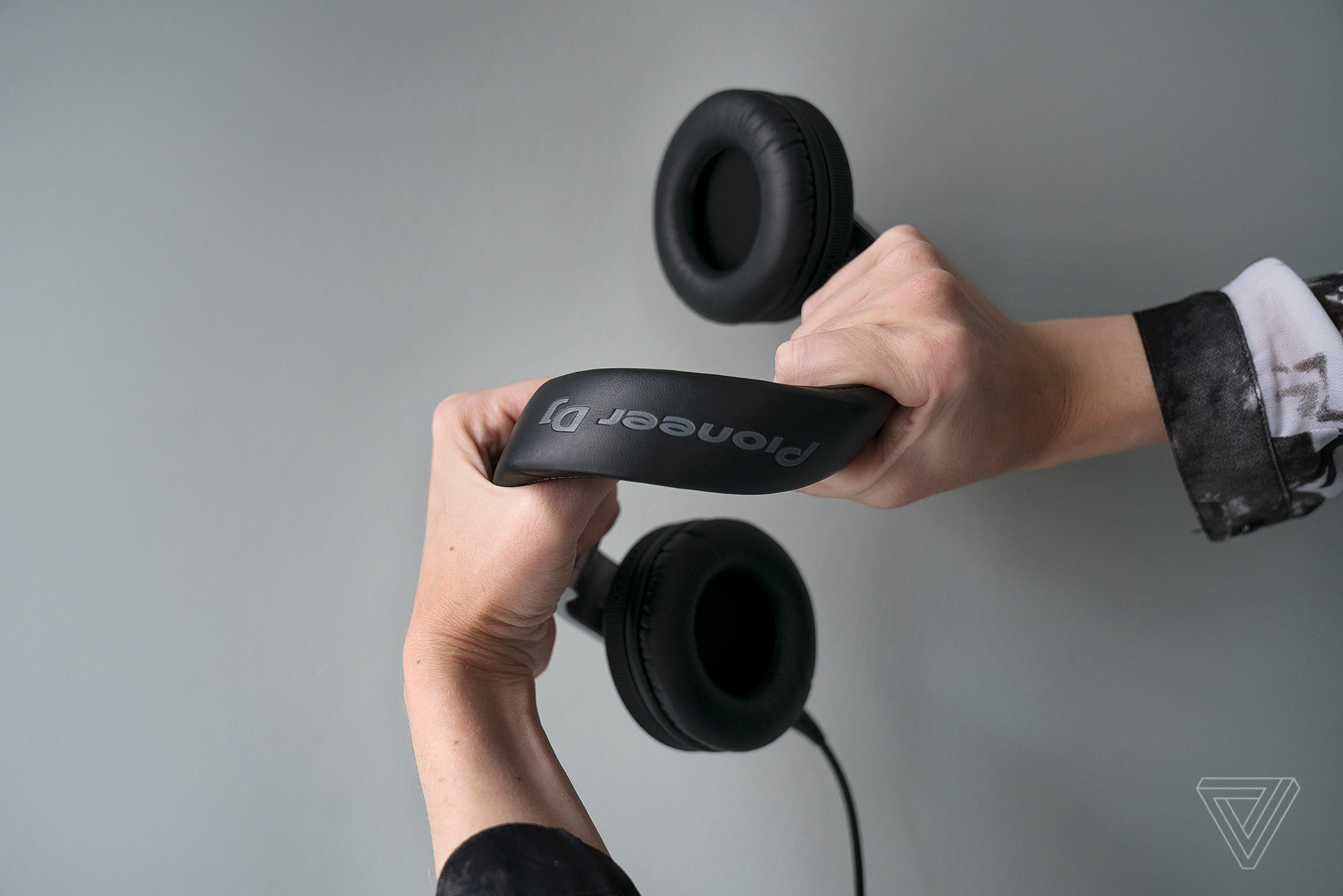When Pioneer DJ launched their flagship HDJ-X10 headphones with a price tag of $349, the initial reaction from many, including myself, was to question if they were over-engineered. Do touring DJs truly require headphones boasting a frequency response extending far beyond human hearing capabilities? Probably not. Having spent a decade immersed in the DJing world, I can attest that many of us likely have some degree of high-frequency hearing loss from years of monitor blasting. After several weeks of intensive use with the Pioneer HDJ-X10, my initial assessment remains: they are indeed over-engineered, but perhaps not in the way one might expect. The HDJ-X10 headphones stand out by delivering audio quality that’s almost too refined for the demanding environment of DJing.
DJ headphones typically feature a pronounced boost in the upper bass and lower-midrange frequencies. This isn’t about sonic perfection; it’s a practical design choice that aids DJs in live mixing within loud clubs. This frequency emphasis makes beatmatching and monitoring tracks easier amidst the noise. Plus, let’s be honest, robust bass simply feels right in a club setting. Many popular DJ headphones, from models like the V-Moda Crossfade LP2 to the Audio-Technica M50x, embrace this philosophy, delivering kick drums with satisfying punch and 808s with substantial presence. They are engineered to enhance the frequencies that matter most in a mix environment.
The Pioneer HDJ-X10 headphones deviate from this established norm. They introduce a range of industry firsts for DJ headphones, including an extended frequency response up to 40kHz and high-resolution audio reproduction capability. While technically impressive, the question arises: who exactly requested this level of sonic fidelity in a DJ headphone? Furthermore, compared to Pioneer’s previous flagship, the HDJ-2000, the HDJ-X10 presents a flatter low-end response coupled with emphasized highs. This sonic signature can be problematic for bass-heavy tracks, which might sound less impactful on the HDJ-X10 compared to other headphones or typical club sound systems. Is there really a need for DJ headphones that meticulously expose every minute flaw in a track due to their relentless pursuit of knife-like audio reproduction? It might seem counterintuitive to argue for a “downgrade” in audio quality, but context is crucial. For DJing, enhanced bass response often trumps absolute sonic purity.
Precision at a Price: The HDJ-X10’s Sonic Double-Edged Sword
The inherent precision of the HDJ-X10 comes with a trade-off. A bootleg remix of “Bodak Yellow” that I often include in DJ sets, which usually sounds energetic and impactful, was rendered almost unlistenable through the HDJ-X10. The headphones mercilessly revealed distortion in the 808’s attack, distracting sidechain compression on the vocals, and an upper-range bell melody that became piercingly shrill. These are imperfections that many other DJ headphones would effectively mask or compensate for. Moreover, in a live club environment, if a melody were to sound overly harsh on the main sound system, it could be easily adjusted using the DJ mixer.
A DJ expertly utilizes Pioneer HDJ-X10 headphones in a club setting, showcasing their professional application despite the nuanced sound profile.
DJs frequently play bootlegs and tracks produced in home studios, which often lack professional mixing and mastering. Some of the most crowd-pleasing tracks aren’t necessarily technically perfect. While this “Bodak Yellow” bootleg reliably ignites dance floors, listening through the HDJ-X10 is akin to having every production flaw magnified. It can be a somewhat disheartening experience. Conversely, the HDJ-X10‘s unwavering commitment to accuracy truly shines when playing professionally produced and mastered tracks, revealing a lush and radiant soundscape. These headphones are capable of exceptional audio reproduction when paired with high-quality source material.
Real-World DJing: The Club Test
To further evaluate the Pioneer HDJ-X10 in a real-world scenario, I used them during two separate DJ sets at The Mid, a renowned nightclub in Chicago. While DJing with the booth monitors active, the HDJ-X10 seemed to diminish the presence of kick drums and bass frequencies. Snares and hi-hats, on the other hand, became more prominent, sometimes bordering on harshness. I found myself needing to increase the headphone volume to compensate, which in turn further accentuated the already aggressive high-end frequencies, creating a somewhat undesirable audio feedback loop.
The subdued low-end response becomes particularly noticeable in noisy environments. In the bustling green room after one of these sets, amidst lively chatter, another DJ signaled to try the HDJ-X10. After a quick listen through his phone, his immediate reaction was, “Where’s the bass?” followed by, “These mids are too forward.” In a quieter setting, the warmth of the headphones might have been more apparent. This highlights the core issue with the HDJ-X10 for DJing: while they can sound exceptional in controlled, quiet environments or with meticulously produced tracks, the reality is that DJ headphones are primarily used in very loud, crowded spaces, often with music that isn’t sonically pristine. There’s a reason why many DJ headphones are designed with an emphasis on low frequencies – it’s a practical necessity for the profession.
Close-up view of the Pioneer HDJ-X10 headphones highlighting their robust and flexible construction, emphasizing durability for demanding DJ use.
Built to Last: Durability and Practical Features
In terms of build quality, the HDJ-X10 headphones are undeniably robust. They can withstand significant twisting and bending without damage, akin to wringing out a wet towel. Demonstrating this flexibility to a group of DJs elicited audible reactions of impressed surprise. While they are built to endure, it doesn’t mean they should be carelessly tossed into a bag. The HDJ-X10 includes a detachable cable with a secure mini-XLR connector and a premium flat carrying case, suggesting they are designed to be treated with care, and they deserve it. The nano-coating, advertised for sweat resistance, also proves to be effective. After using them for two high-energy gigs, I lent them to a friend known for sweating profusely while DJing – to the point where his headphones are notoriously pungent. After a week and two sets (equivalent to perhaps 20 typical DJ sets in sweat intensity), the HDJ-X10 remained surprisingly fresh. This sweat resistance is a notable advantage.
Pioneer HDJ-X10 headphones showcased with their premium carrying case and detachable cable, emphasizing the thoughtful design and included accessories.
Are the HDJ-X10s Right for You? Considering the DJ’s Dilemma
I’ve considered the potential reasons why a DJ might opt for the HDJ-X10 over other headphones. Perhaps they are intended to be a versatile “one-pair” solution, suitable for both DJing and music production while traveling, providing accurate monitoring for mixdowns and mastering on the go. However, their primary design purpose remains DJing. Ultimately, the two most crucial features for DJ headphones are a pleasing, full low-end and low-mid frequency response, and robust durability. The HDJ-X10 excels in durability but falls short in delivering the desired bass response for typical DJing applications. In an ideal scenario, a step-down model like the HDJ-X7, which emulates the sound profile of the HDJ-2000 with its more pronounced bass, combined with the sweat-resistant nano-coating of the HDJ-X10, would be the perfect combination. Unfortunately, the nano-coating is exclusive to the $349 HDJ-X10, presenting a difficult choice.
Conclusion: Premium Build, Questionable DJ Sound Profile – The Pioneer HDJ-X10 Verdict
In conclusion, while the Pioneer HDJ-X10 headphones boast exceptional durability and innovative sweat resistance, their sonic profile might not be ideally suited for all DJing scenarios. Their accuracy and extended high-frequency response, while impressive, can be detrimental when playing less-than-perfect tracks in loud club environments where a strong bass presence is paramount. For DJs prioritizing a robust low-end and cost-effectiveness, considering the HDJ-X7 or X5 models might be a more practical choice, despite lacking the nano-coating. Ultimately, the Pioneer HDJ-X10, while a premium and technically advanced product, appears somewhat over-engineered for the specific demands of typical DJ performance, especially considering its price point.
Product summary for Pioneer HDJ-X10 professional DJ headphones, highlighting key pros like sweat resistance and durability, and cons such as under-delivering bass and high price.




